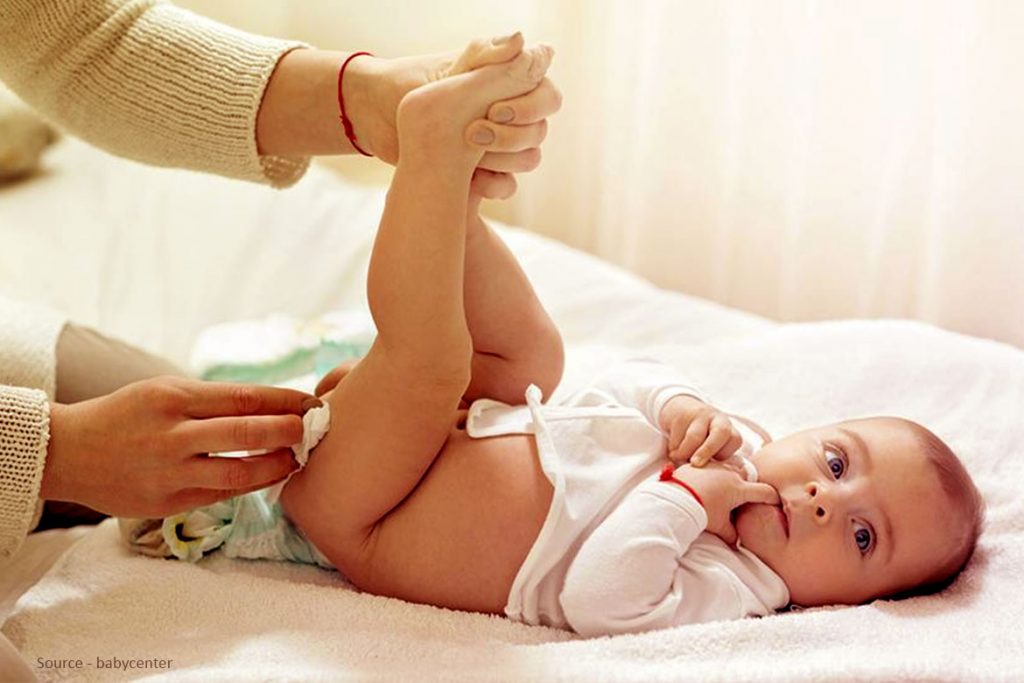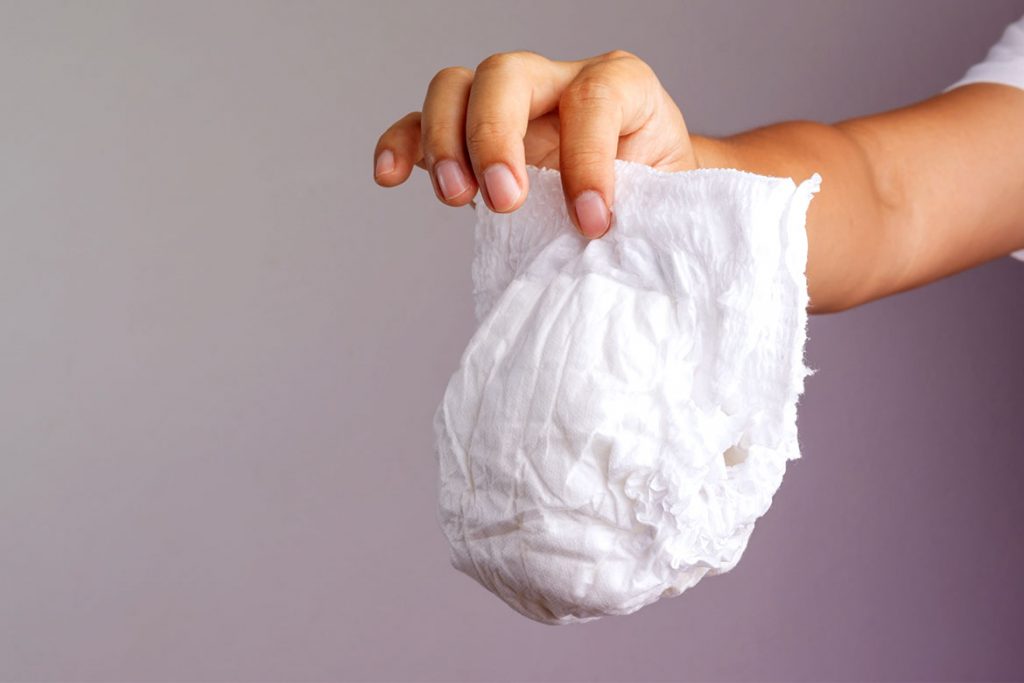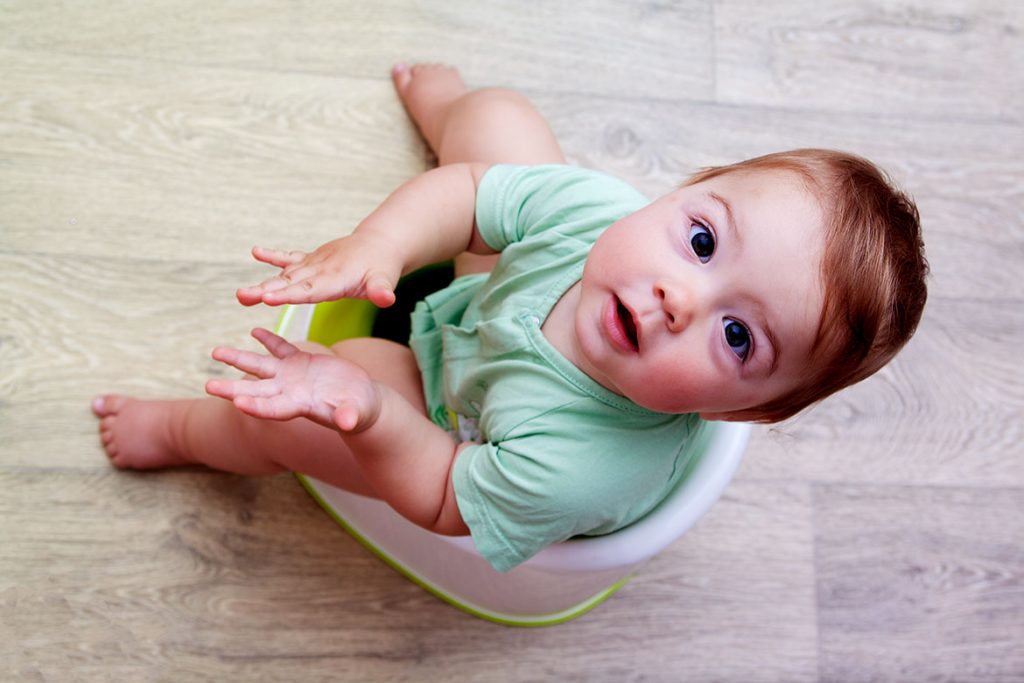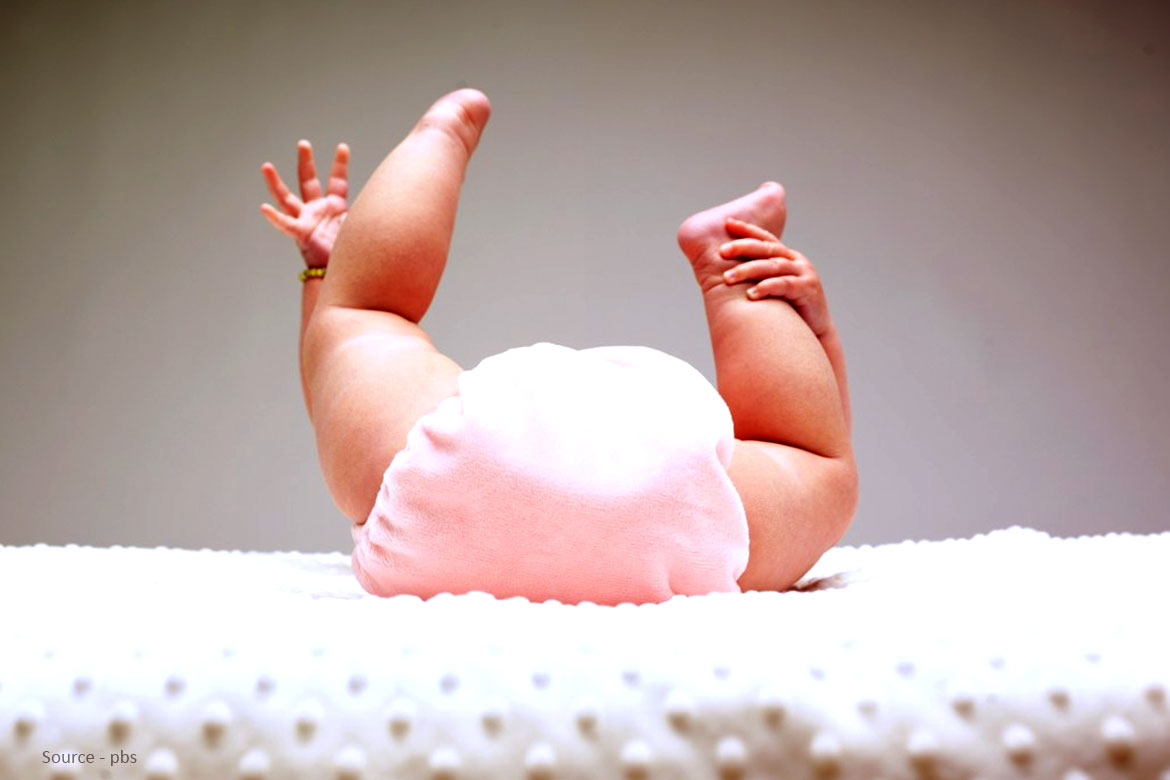There are so many diapers that you probably must be tired of changing. With countless diapers changing, by now you must be an expert on your kid’s routine. But yes, this is also a fact that the bowel movement of your newborn is unpredictable and you surely have to take care of the changes every day. There are so many things that you may not be even aware of. It is said that a newborn usually gets bowel movement for at least 1 or 2 times a day. By the end of the first week, the baby may have nearly 10 bowels at a time. After each feeding, the baby can pass stool. The number of the bowel entirely depends on the times of feeding that the baby takes.
Also Read:- How To Start Solids For Babies?
When the baby turns at least 4 weeks old, you may not notice bowel movement every day. This is not the problem to be worried about. It is a common sign and surely denotes that your baby is growing. Maybe the stool will not be even as hard as you may imagine. Here are some of the facts that you may want to know.
This article is going to cover following objects
· The Changes Taking Place
· The Color Of The Stool May Get Changed
· The Color That Keeps On Changing
· Things To Be Careful Of
· Some Of The Fun Facts
· Time To Call The Doctor!
The Changes Taking Place:
The stools which are also called the bowel movement in a newborn can take ample changes to be it in weeks, days or right after the months of the birth period too. The stool comes in different texture and color. It is quite healthy and a normal sign of the child for which you don’t have to be worried. The initial stool of the baby will be seen thick, greenish and black sticky in color. It is called meconium. Then the color of the stool gradually changes from thick greenish to black and then green for a few days. The color turns into yellow by end of the initial week itself. The number of times the baby gets the breastfeed the color gets improved too and can be more of a seedy-looking too. It is quite normal for the baby to have a pasty or a runny stool.

Moving further, you may notice the changes when:
Your baby gets on the breastfeeding or says formula feeding
When the baby starts taking solid food, there is a firmness noticed and even a strong pungent odor too
There will be some food pieces also noticed in the stool
The Color Of The Stool May Get Changed:

Often, patents get worried about the color. But gradually the color will change since there are additives present in the food and which is why there is nothing you need to be concerned about. As you see the changes, you can get an idea of what bathe kiddo has been digesting in the little tummy.
The Color That Keeps On Changing:

There are different colors that you may notice such as yellow, tan, brown and yellow. These are the normal colors of the baby stool. The green stool is caused when the baby eats a lot of green leafy vegetables. In case you notice the red stool, it means there has been some kind of bleeding in the intestine or else if the baby ate a tomato, beetroot then such color can be noticed. If there is any liver problem then the stool will be white. Sometimes, medicines or changes in the milking routine may also cause this problem.
Things To Be Careful Of:

The newborn diaper can give you a much clear picture of the health of the baby. If the stool color has a great change within a day then you may not understand what can be the problem. But yes, in case you see:
- A dry or say hard stool passed out by the baby it means, the baby is not getting enough of liquids
- In case the frequency of the bowel movements is quite a lot that too in the liquid one then it can be a diarrhea sign
- In case there is also a bacteria or virus along with it the color can be grey as well.
Some Of The Fun Facts:

- Don’t be surprised to know that nearly a newborn can have at least 2 bowel movements a day and by the end of the first week it will be 10 times a day and the number depending on the diet that bay willows may changes.
- The baby’s first poop is called meconium which has marmite consistency. Then comes the poop which includes mucus and langugo and bile too.
- You can easily notice the difference between breastfeeding and formula feeding poop. The baby’s poop is in butternut soup with curled pipes then it is breastfeeding while the formula feeding poop is khaki and has a smell of sour milk
- The constipation problem amongst the formula-fed baby is always more as compared to the breastfed babies. However, the breastfed babies if suffering from constipation could be when they digested the breast milk when had some kind of an allergy
Time To Call The Doctor!

There is a very rare case that may happen but if you think that your baby is suffering from constipation or have been some kind of sluggish digestive tract or illness then you may have to consult your doctor for the same. In the case of constipation still occurs then it is important to go for the second opinion. Moving further there can also be chances like runny poop, more mucus or blood in the stool and little one puking for which you may have to call the doctor.
Also Read:- Crying Baby: 10 Reasons Why Babies Cry And How To Soothe Them
It is always better to take precautionary measures. But getting panic is not something to do at that moment. Take your time and focus well on how salty you can handle the situation. It is said that the fart smell of the baby is similar to one of its parents only so be ready to blame each other when the little one farts and then be ready with another diaper because that is a sign of another pop coming out.
